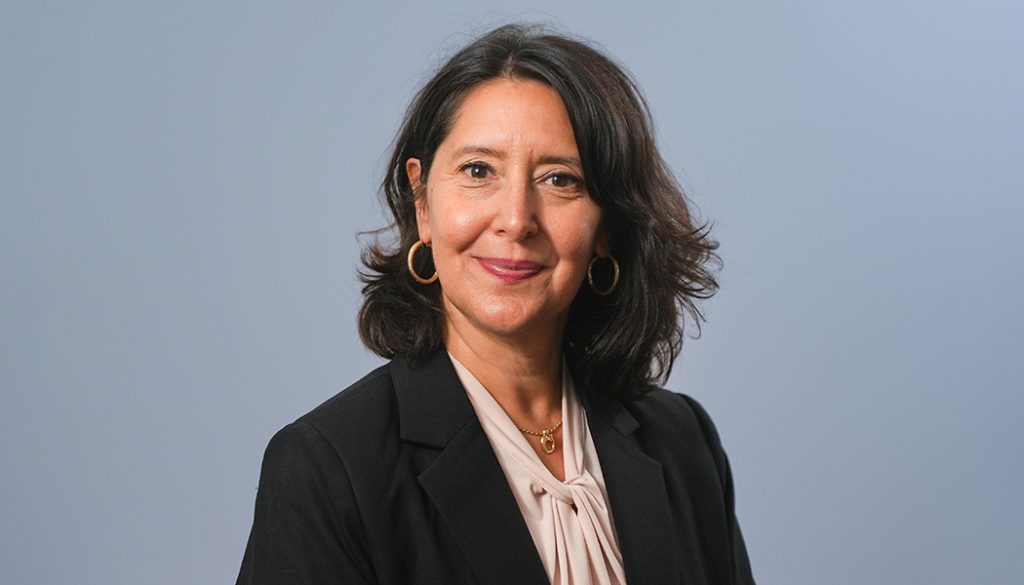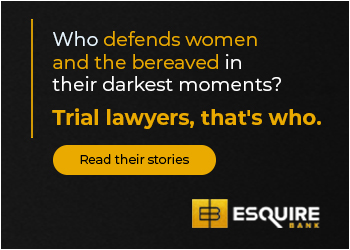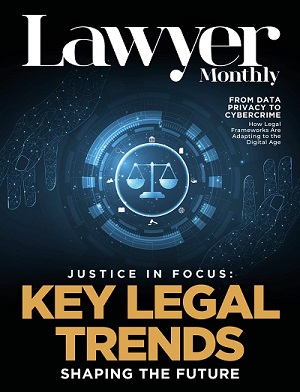While my entire 29-year career has been focused on the practice of family law, it was not until after about 10 years of practicing that I more adamantly focused on resolving issues outside of court. I would frame myself in those first 10 years as a young attorney trying to prove herself in a predominantly tough and masculine field where being called a pit bull was a compliment. It was not until I had plenty of courtroom experiences that I realized how unhappy I was with myself as a person and how debilitating the process could be for people caught in a system geared toward destroying the other party. At this point now in my career, I don’t enjoy being called a pit bull. That name points to someone who approaches disputes with overt anger and aggression which to me, is more theatrics than problem-solving. I have never felt I made the best choices when fuelled with anger and aggression. I have far more satisfaction in results when problems are solved with cooler heads. Fortunately, about 10 years into my career, the collaborative law process was emerging in Chicago. I took the training to become a Fellow and learned how much more private, respectful and creative solutions could be for individuals.
I approach collaborative and mediation cases in much the same way I approach litigated cases because regardless of the divorce process, there are four main components. These are (1) determining or isolating the critical issues, (2) information gathering, (3) negotiating and (4) finalizing all the paperwork. These are all very important steps and how long each step takes, various from case to case.
What is most important to understand about mediation and collaborative law is we do not get to the negotiating stage until everyone is comfortable with the information which has been exchanged. For example, I may hear from a client that she does not believe her spouse will share all his compensation information or about all the assets in that spouse’s name. That client will express apprehension about commencing negotiations because she will not feel ready to negotiate and worry that she will feel bullied into making decisions. I let everyone know we will NOT start negotiations until everyone feels satisfied with the information that has been exchanged. If we don’t know something, we ask questions and gather information until all our questions are answered. This is important for both parties to understand because any agreement reached that is based on incomplete information will be precarious and subject to falling apart or not followed later. It is simply not worth it.
In general, mediation involves a mediator, the two parties, and their respective lawyers. The collaborative process involves a financial neutral, a coach, the parties and their respective lawyers. A significant difference between the two is participation in collaborative divorce requires the signing of a participation agreement. This agreement provides that if the parties are unable to resolve all of their issues within the collaborative process and if they then chose litigation, then none of the professional participants in the process can continue in the case.
The parties will each need to retain new attorneys and none of the information shared in the collaborative process can be used by the newly retained lawyers later in litigation. Many professionals refer to the collaborative agreement as the glue which keeps the process together.
Mediation, on the other hand, can be started at the beginning, middle or end of a case to resolve individual or the global issues. For example, parties may participate in mediation to finalize their parenting agreement, then return to traditional litigation to resolve financial issues, all the time with the same lawyers.
What is the process for collaborative divorce and what are the possible outcomes of collaborative divorce in Illinois?
If someone wants their divorce to be collaborative, they need to seek out a lawyer who is collaboratively trained. In Illinois, this can be done by going to the Collaborative Divorce Illinois website. Most States have a collaborative community, and an internet search should provide resources for individuals in different areas. The reason most people should resolve their case outside of court as opposed to trial is agreements reached outside of court tend to have fewer post-decree issues, tend to preserve the relationship between the parties, and tend to cost less in terms of time and money overall.
A couple who has dissolved their marriage through the collaborative process or mediation enjoy these benefits as well as increased privacy of intimate family issues, more control over the outcomes, and greater bandwidth to pick up and move forward once all is said and done.
Yes, this can happen. The main focus of collaborative divorce is to dissolve the marriage and resolve all issues of support, parenting, and property division without resorting to the court process. So long as the parties do not turn to court to resolve any of the issues, mediation can be part of the process.
I have mentioned the benefits of resolving a divorce outside of court earlier in this article. These points cannot be overstated when compared to what litigation does to families. When parties are unable to resolve their issues amicably and must turn to court, it is probably because trust and/or communication between the parties is completely gone. In those cases, an individual with a black robe is necessary to order someone, for example, to turn over documents, pay support or visit their children. That is not good place to be, of course, but add to that the chance your judge has a full schedule and must continue your highly anticipated and necessary hearing date for maintenance or child support to a later date because another hearing took longer than expected or the judge was sick. Add to that a judge who knows nothing about why you are getting a divorce and does not want to know even though you may believe it is vitally important. The bottom line is in-court solutions take many issues out of your control and that can be a very frightening and distressing place to be.
Even at the start of her family law career in 1995 as a fierce litigator at a well-known matrimonial firm in Chicago, deep down Nanette knew she would be most effective at helping families if she led her own firm. Realizing that goal eight years later, she founded what today is GMR Family Law LLP - a highly respected boutique divorce practice in Chicago. Since then, Nanette has worked with individuals in highly complicated divorce situations, including those involving main wage-earners with complex compensation structures, overseas assets, special needs children, and mental health issues such as borderline personality disorder, narcissism, and bipolar disorder.
Nanette has been appointed by the Cook County Court to act as a child's representative and guardian ad litem in custody and visitation proceedings. As a result of this, Nanette’s experience includes hearing and understanding the perspective of children caught in the middle.
Nanette guides her clients toward alternative dispute resolution settings such as collaborative divorce and mediation; however, Nanette understands not every client is able to take advantage of these processes. As a skilled and experienced litigator, Nanette can masterfully guide clients through traditional litigation if the alternatives do not prove fruitful. Lawyer Monthly caught up with Nanette to discuss the Benefits of Collaborative Law and Mediation in Chicago.
https://www.gmrfamilylaw.com/
Published by: www.lawyer-monthly.com





















